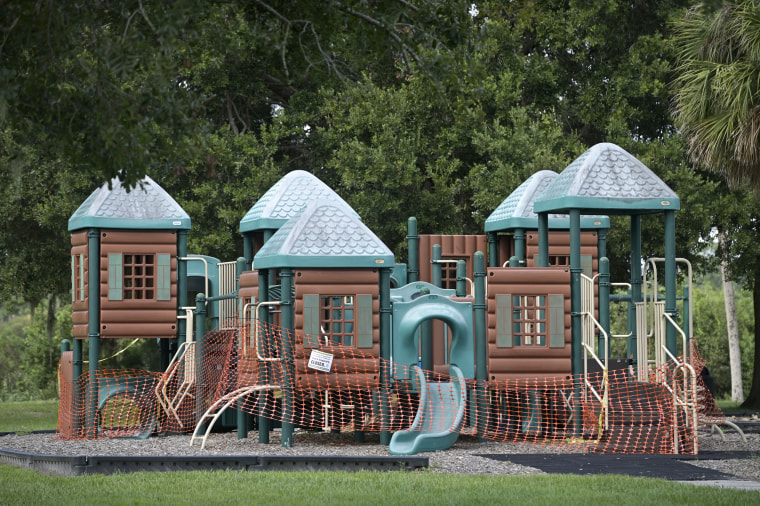Almost 100,000 children in the U.S. were sickened with the coronavirus in the last two weeks of July, according to a new report.
The analysis, conducted by American Academy of Pediatrics and the Children’s Hospital Association, revealed a 40 percent increase in COVID-19 cases in children between July 16 and July 30.
Surveying 49 states, New York City, Puerto Rico and Guam, the summary showed that children made up between 3 and 11 percent of total state tests. Between 3.6 and 17.8 percent of children tested positive for the virus. Not all states reported hospitalizations of children, but among those that did, children made up 0.6 percent to 3.7 percent.
States used different definitions of “child,” some saying a child is anyone 14 and younger and others adding even 24 year-olds to the group. New York did not provide state-wide age breakdowns of cases.
In total, the report said 338,982 children have been sickened with the virus in the U.S., and half of the U.S. states reported more than 5,000 confirmed cases in children.
The analysis comes as the nation topped five million cases and students returned to school in some states, some of which have already had to end in-person learning because of COVID outbreaks.
How the virus affects children is still not fully understood, but emerging research out of the United Kingdom has showed there is sometimes a connection between the coronavirus and “significant neurological effects” in young brains. A study in July out of Chicago showed children under five can carry just as much of the coronavirus in their noses as older children and adults.

